The future of growth belongs to product-led companies. At HubSpot, we realized this a few years ago, which is why we disrupted our own business model before anyone else could.”
– Kieran Flanagan, VP of Marketing, HubSpot
Product-led growth is allowing the product to speak for itself. Earlier businesses had to hard-sell their product to other companies. Today, an employee finds a great product, their team tries it, and then in no time, the word spreads and the whole team is on it.
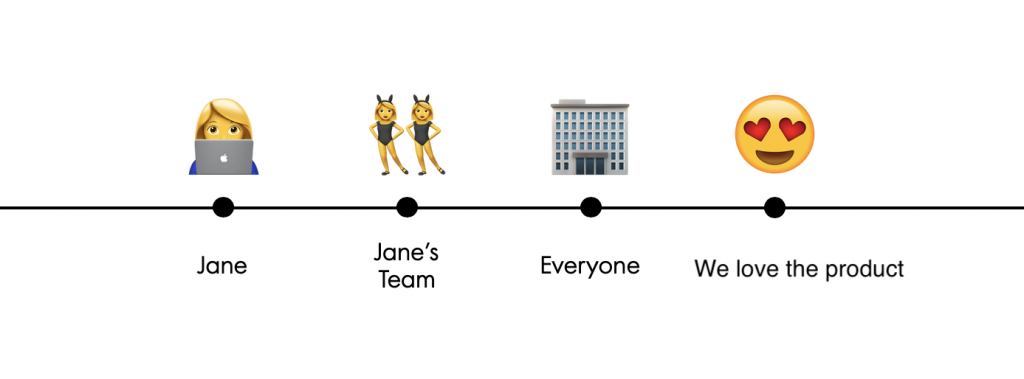
This is every company’s dream. It might look like magic from the outside but, it takes a lot of thinking and work that needs to be done in the early stages.
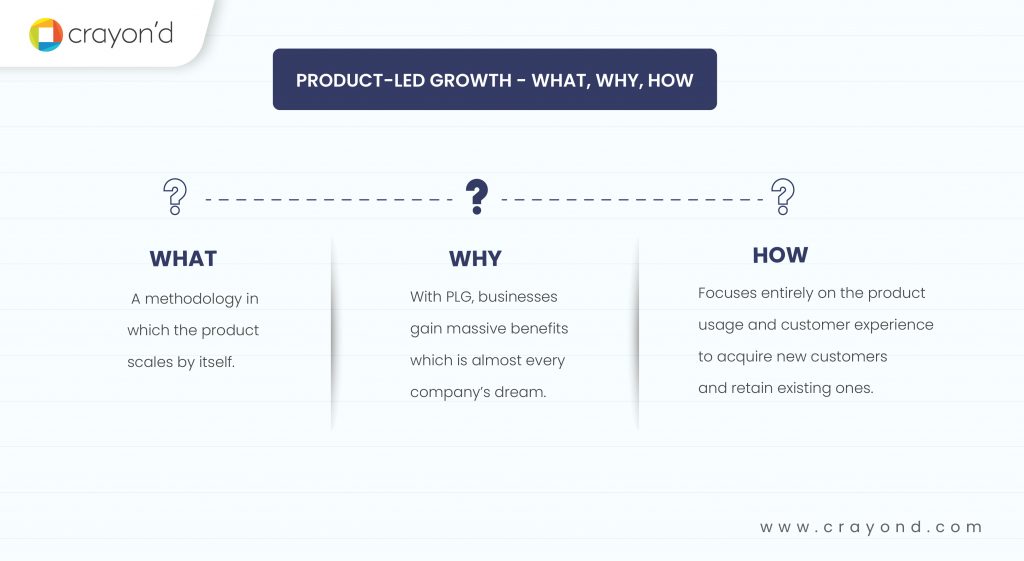
This process is the new future of SaaS-based business. So many public-based companies are adopting Product led Growth.
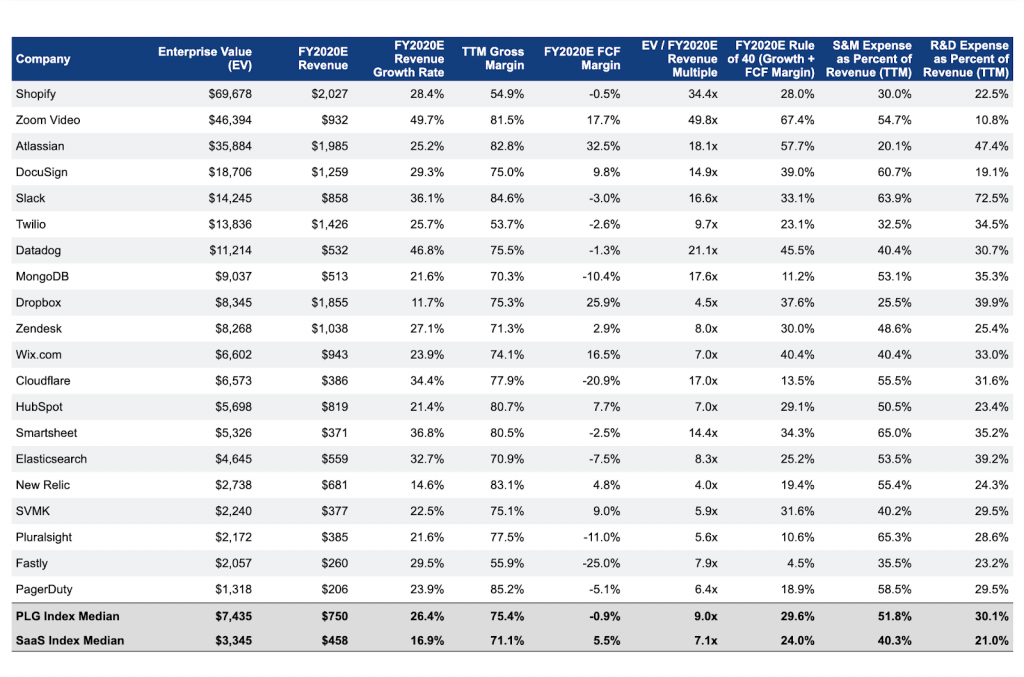
Product-led growth combines user acquisition, expansion, conversion, and retention is driven directly by the product, It creates alignment across the different teams in the company.
All of these teams in unison focus on one thing – user experience. Generally, the teams work at a different wavelength, but when the focus is put together, they yield a better result in terms of user experience.
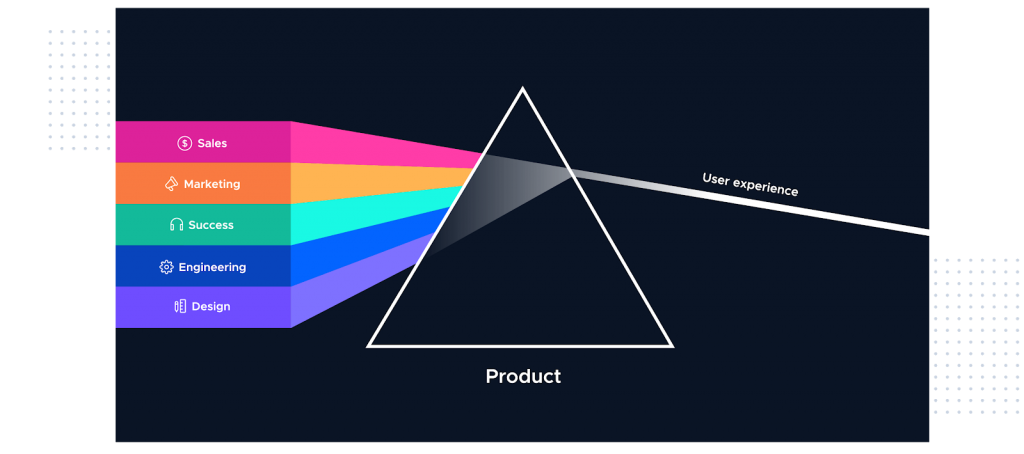
How does product-led growth work?
For the greater part of tech history, product adoption had been led by sales and marketing solely.
From those chunky IBM computers to Microsoft Office, users were hoarded by salesmen, billboards, television advertisements, and so on.
Growing a company in that manner takes a lot of resources, and not to speak of the money.
However, with the advent of cloud computing and cheap internet along with a growing interest in programming, more and more people are developing products right from their bedrooms.
If their product solves a crucial market need, then it ends up winning.
Without any big billboards or shout-outs from celebrities.
Product-led growth happens when the product is too good to be ignored. Users can only do one thing — adopt it, because either a solution does not exist or existing ones are bad.
Product-led growth is all about being organic and reaping the benefits of smart positioning, a good vision, and a well-developed product.
Organic, because instead of you chasing the users, they come to you.
Here are a few key trends why product-led growth works:
- SaaS makes it easier to use a product. Instead of spending time on installation, customers can use the product the moment they discover it.
- Almost no switching cost. Traditional models required a processing fee if a user wanted to cancel. Not anymore. From sign up and initial impression to leaving the product, everything can happen in a matter of minutes.
- Almost no direct personnel involvement. Gone are the days when sales or customer support had to guide users through the product. Good UX means they do not need guidance, and even if they do, a chatbot can answer most of their queries.
- Freemium makes it easier to attract and retain customers.
- The subscription model lends two advantages. One, you can release an unpolished MVP with core functionality to get the word of mouth rolling. Perfection can come over time. Two, you can charge users on a feature to feature basis.
The lack of personnel, switching costs, and freemium make a product almost sentient. The product does all the talking.
Is Product-Led Growth a new technique?
No, if you take a closer look at the definitions, you will understand that Product led growth is a pseudo name for a strong product-based company. Its growth totally relies on the product and its features to attract the crowd (marketing), convince them to purchase (sales), and ensure that they continue using it (retention).
A product that isn’t good enough would attain growth, leave alone rapid growth. This is where your customers or users fall apart. All the advertising schemes and referrals that you put forward might help you initially. But, that is not real growth. Over time, if your product doesn’t deem fit or isn’t upto the customer’s expectations, there will be a huge impact.
Focusing on the product helps you get more leads across your sales funnel. It also decreases the budget and effort that goes into sales and marketing.
This brings us to the next and very important question: If Product led growth is nothing but developing a strong product, what are the components that you need to succeed?
Reducing Friction
Friction is anything that becomes a hindrance to your product growth. It can be something as small as a mistake in the CTA of your landing page or something big like promoting to the wrong audience.
A few things that you need to look into are:
- Sign up process. Make sure that it is easy and does not involve more than 1-2 steps.
- Have an effective onboarding campaign in place.
- Give them the time to understand your product.
These are just a few frictions that affect marketing. Implement tools to identify the friction in the different processes that could limit your product growth.
Proving value upfront
Providing value upfront helps in conversion as well as increases lead through word of mouth. You need to craft your content in such a way that you are offering value to your customers and also enhancing the chances of conversion by proposing the value that your product can give.
Understanding features that would sell
This might sound easy like you are going to sell your product. You obviously should know the features that your users might want. But, here is the catch – different users need different features. You need to understand the workflows of different use cases and build features that simplify the whole process for them. Simplification is the key to selling features.
Single version of truth
Most often what happens is the different teams in an organization work individually. In most cases, you will notice that the marketing, sales, and product team will have a different approach. You might be looking for a shampoo that contains has the benefits of lemon, which is what the marketing team tells you. The sales team will lure you with the option of conditioning along with it. When you finally use the product, you will find out that it is nothing but a shampoo with a citrus smell.
Your other teams should be trained by the product team and at any given point, they should speak the same version, the version that is available in the product.
Product Led Growth Metrics you need to know
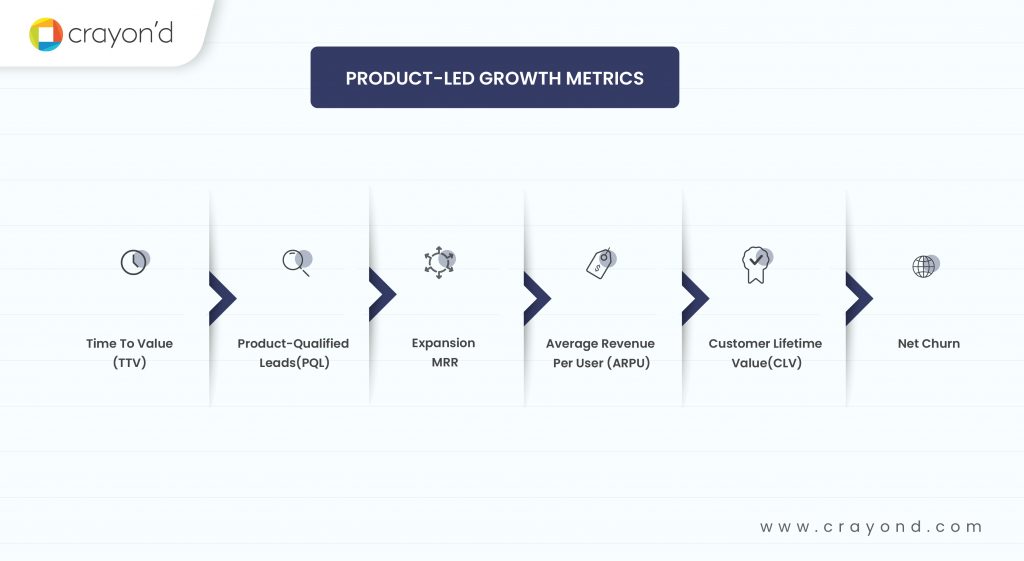
Metrics define the success and failure of any approach. In the light of that, there are a few metrics that you need to effectively track as a part of the Product Led Growth approach.
1. Time to value
Time to value is the average time it takes for a user to realize the value of your product. You should make sure that this is extremely low. The sooner your users reach this moment, the higher the business opportunity.
In order to achieve this metric, onboarding should be made easy. It should be easy for the user to collaborate and integrate with other tools
2. Product-qualified leads
Product-qualified leads (PQLs) are your current users who have passed through the funnel. You need to identify the pattern and segment your potential users accordingly. This will help in increasing the conversion rate.
3. Expansion MRR
Expansion MRR is the additional monthly recurring revenue generated for the month in comparison with the previous month, excluding the amount contributed by new users. It is established by various surveys and top products that it is easier to retain a customer than to acquire a new one. It is 2x easier and cheaper to upsell a new product or feature to an existing customer than to see it to a new one.
You can calculate the expansion MRR:
[(Expansion MRR at the end of the month – Expansion MRR at the beginning of the month) / Expansion MRR at the beginning of the month] x 100 = Expansion MMR percentage rate
4. Average revenue per user
Average revenue per user (ARPU) is the revenue generated per user or unit. This measure allows the management to analyze the revenue generation and growth at the customer level.
Average revenue per user is calculated by dividing the total users by the average users during a period.
ARPU = Total Revenue / # of Users
5. Customer lifetime value
CLV is the total revenue that is gained from one user. This gives the organization an idea on the cost that can be spent to acquire new customers.
For example, if the customer lifetime value of an average customer is $1,000 and if it costs more than $1,000 to acquire a new customer (advertising, marketing, offers, etc.) then it means that the business is losing more money than it is gaining.
Here is the formula to calculate Customer Lifetime value: (Annual revenue per customer * Customer relationship in years) – Customer acquisition cost
6. Net churn
Net revenue churn helps in identifying your business health. It is the percentage of revenue that is lost from your current paying customers over a period. It is calculated by dividing the net revenue lost from an existing customer in a period by the total revenue at the beginning of a period.
Net revenue churn can sometimes be confusing to understand. This is because, when it comes to this type of churn positive numbers indicate loss and negative numbers indicate gain. A strongly negative net revenue churn indicates that the company will remain healthy even if there are no new sales. If it is nearing zero, then it means that the company should have new customers to remain healthy. If it is positive then it means that there is a big hole in the budget and the health of the company is deteriorating.
Here is the formula to calculate net churn:
[ ($) MRR Churn – ($) Expansion MRR ] / ($) Total MRR at the start of the Month X 100 = (%) Net MRR Churn Rate
Benefits of Product-Led Growth
With this approach, businesses gain massive benefits which is almost every company’s dream.
- Wide top Funnel: This means large number of leads. This is because, businesses offer a freemium model, thus opening up the funnel to a wider audience. This gives the users a great advantage of evaluating your product. Thereby enabling them to see how good your product is for themself.
- Rapid global scale: When most of your competitors are hiring sales agents to sell their product, you are focusing on improving on boarding and self serve. This allows you to serve more customers than what a sales agent will be able to do. Since your product is built having your users in mind, it enhances the user experience and provides a seamless onboarding experience.
- Faster sales cycles: By having a faster onboarding process and enhancing self serve your sales cycle shortens. The customers are able to try the product for themselves and make quick decisions regarding the purchase without much of intervention or convincing from your end.
- High revenue-per-employee (RPE): Because your product scales by itself, it requires less hand holding. This means you are able to do more with just a few members in your team. One such good example of this is Ahrefs, they made it possible to gain $40 million Average recurring revenue with just a 40 member team in 2019.
Expert views on Product-led Growth
VC firm Openview defines product-led growth (PLG) as “a go-to-market strategy that relies on product usage as the primary driver of acquisition, conversion, and expansion.”
Translation: Make a great product, let people try all (or part) of it before paying, watch it go viral — no whitepapers required.
Hiten Shah, Co-founder of Product Habits says “Product-Led Growth changes how companies grow because it brings a focus on how the product you’ve built can help you acquire more customers. Customer acquisition doesn’t just become something marketing is focused on, the responsibilities for acquiring great customers expand to the product team as well.”
Kieran Flanagan, VP Marketing at Hubspot thinks that “the future of growth belongs to product-led companies. At HubSpot, we realized this a few years ago, which is why we disrupted our own business model before anyone else could.”
Matt Bilotti, Product Lead at Drift believes “in a Product-Led Growth world, your product sells itself and has the self-service levers to make that happen without needing to invest a fortune in sales and marketing.”
How to become a PLG company?
There is a huge difference between starting a PLG company and transforming into one. The transformation is complex because you need to look into various directions to make the shift. Here are the few initial steps to become a Product-Led company.
1. See if PLG is for you
Not all domains are PLG friendly owing to the customers and market nature. So you need first to know if your customers will be able to adopt the change. Check if your product can sustain product-led growth. If everything is in favor, you can go ahead.
2. Check with stakeholders
The transition here is big. Bring stakeholders together, explain the change, and see if you are on the same page. Explain to them why it would be effective for business along with the posing risks. In the end, you need the approval of stakeholders.
3. Plan the process
When it comes to business, a plan is crucial. Here, the change is a big move. And it has a lot of complications. You need to have a complete plan to face the difficulties along the way. Schedule the change activities prior and follow the plan.
4. Coordinate and educate your team
Your team will be the first one to experience the shift. Making them aware and preparing them for the change is the primary move. Educate the different teams about the shift in the roles and the vision on the whole. Train them properly for future responsibilities.
5. Optimize the product and websites
Product is the center of attraction here. To be able to become PLG, your product should be tweaked and optimized accordingly. Websites are the gateway to products. And you need to design it in such a way.
Successful Product Led Growth Companies
1. Slack
Slack’s worth went on to 7 billion dollars in just 5 years. Slack acquires customers through freemium and then hooks them forever with the value it provides.
The ease to reach anyone from work is what helped Slack adoption quicker. Slack grasped the meaning of the end-user era well.
The growth wasn’t made through marketing channels. It was through one employee at an organization, introducing Slack, bringing everyone to try it out. The collaboration features and add-ons did the rest!
2. Dropbox
Dropbox reached 1 billion dollar sales within a decade. And it was all enabled by nothing but the product. Dropbox focused on two main things — easy-to-use product and virality.
The smooth product experience, clean UI, and effortless features are one thing. Dropbox is also built in a way to attract new customers seamlessly through referrals and rewards. Well, who doesn’t want extra storage through easy means- link sharing.
3. Surveymonkey
The first option that comes to your mind, if you want to take surveys. Surveymonkey’s growth is the result of virality- well surveys in core support it.
The fact that every other survey ends with the logo and message saying ‘powered by Surveymonkey’ is a point where the company registers itself in users’ minds.
Bottom Line
Various top tier companies like Slack, Twilio, HubSpot, Intercom, Lucidchart, Mixmax, Typeform etc started without a sales team. They have come this far because of the approach that they took. They focused on improving the product and letting it sell itself.

The product-led growth approach attracts CEOs as well as investors alike. This is because it jumpstarts at a low cost making its way through a wide variety of experiments that result in success. It helps in predicting the outcomes and revenue better than many traditional markets. It has proven to gain traction quickly in a competitive market.
Another appealing point is, with this strategy you are selling the product directly to the end-user. This helps you in understanding the problems of the user and how you can fix them using your product.
It is great, to consider this approach if you are an early-stage company. Interestingly, this approach can also be implemented in companies that have considerably grown. Companies like Salesforce, HubSpot are moving towards PLg and implementing Self Serve experiments to their product.





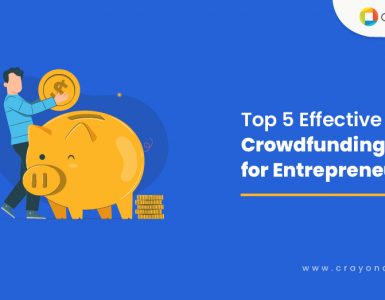

Add comment